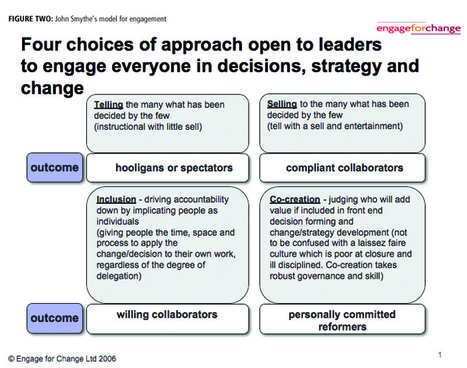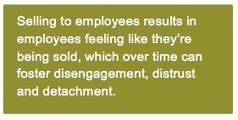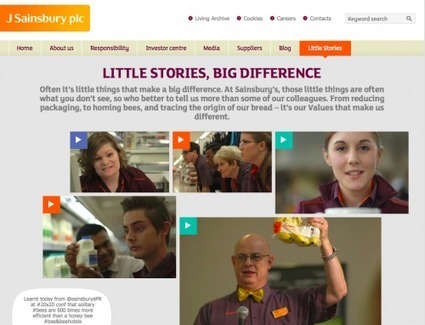"To engage employees in an organization’s values, vision, strategy and beliefs, you need to create a coherent strategic narrative for the workforce. This is especially important for companies that have undergone major change and need to establish clarity around global vision. Here we take look at the experiences of senior communicators from global companies to gain a deeper understanding of the topic.
The strategic narrative is the ability of the organization to create a vision of the future. That might include outlining goals and structure for the business, the market the organization exists in, the competitive landscape – but it must be both realistic and compelling for stakeholders, especially for our employees.
For internal communication, this is about the identification of opportunities to bring to life and clearly articulate the corporate strategy – for example, what exactly is meant by “improving productivity and performance” if this is part of the organization’s overall goal? And how can we talk about these strategic imperatives in a way that will resonate with an audience that may be feeling somewhat jaded – or is simply becoming increasingly diverse?
Internal communication must play a role in developing and/or supporting the delivery of a strategic narrative that feels actionable and achievable, paints a compelling but realistic picture of the future and the role of employees in that future, and builds confidence in the organization and its leadership. Our story needs to be real for people so they can grasp it, deliver against it and share it with others.
While we might not be the actual “storytellers” (nor can IC be everywhere at once), we can play a crucial role in defining the story and in helping it be told in the right way by the leaders and managers who need to understand it for themselves and share it across the company."
Read the full article to find out more about companies who have engaged their employees in the strategic narrative and about:
- core messages: brand, vision, values
- allowing for "share of voice" in global strategy and values
- communicating a "one company" vision



 Your new post is loading...
Your new post is loading...
















![The Five Essential Elements of a Great Company Story [Infographic] | MarketingProfs | Internal Communications Tools | Scoop.it](https://img.scoop.it/mZz17xjbRSkT1VdFp1NerDl72eJkfbmt4t8yenImKBVvK0kTmF0xjctABnaLJIm9)












Wow! This is an amazing resource. It provides a great summary on so many topics, examples, tips and tools, and links to supporting material and people. Not only is this valuable for ICers, but if you have trouble explaining what you can do for an organization, I would recommend sharing this guide with your decision makers.